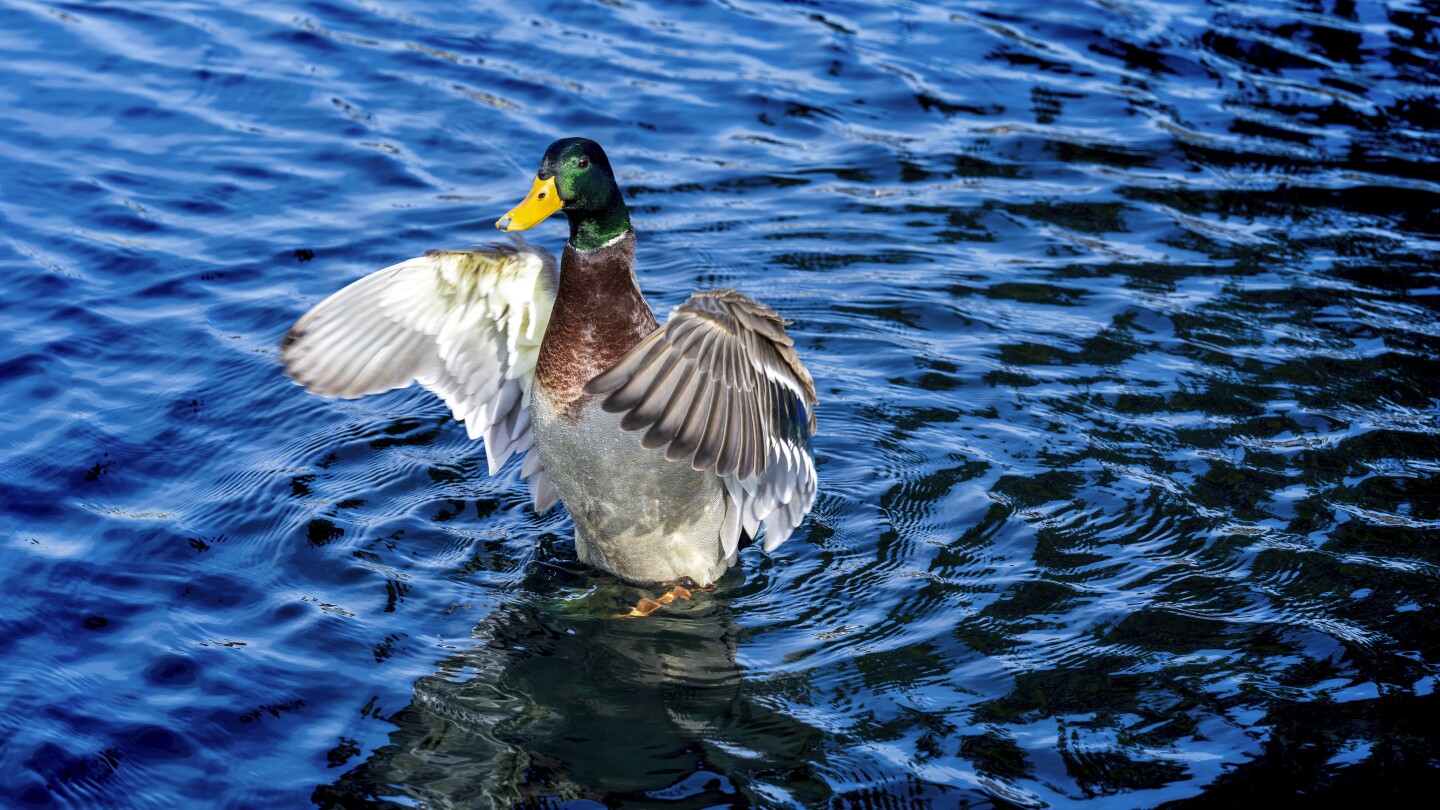Science
What to know about the bird flu outbreak in wild birds and what it means for backyard bird feeders

The Impact of Bird Flu on Wild Birds in the United States
1. Introduction
In late 2021, the United States witnessed the emergence of a significant threat to its bird populations—the H5N1 avian influenza, commonly known as bird flu. This outbreak not only devastated poultry and dairy farms but also led to a surge in egg prices, causing economic strain. However, beyond the farms, the impact on wild birds has been profound. Over 170 species, including ducks, geese, gulls, and eagles, have been affected. While experts recommend caution when encountering sick or dead birds, they reassure the public that backyard bird feeders can remain, provided proper precautions are taken.
2. Affected Species
The bird flu has been detected in over 12,000 individual birds, though this number is believed to be a significant underestimate, as most dead birds are not tested. Dabbling ducks, such as mallards, are natural carriers, often showing few symptoms. These ducks can shed the virus through their feces or saliva, potentially infecting other birds and mammals. Birds like geese, which lack natural immunity and gather in large flocks, are particularly vulnerable, as seen in the tragic loss of 15,000 to 25,000 migratory eared grebes near Utah’s Great Salt Lake. Seabirds and songbirds, though less affected, are also at risk, especially those in close proximity to each other.
3. Symptoms and Precautions
Wild birds infected with the bird flu may exhibit symptoms such as lack of coordination, inability to fly, and respiratory distress. Dr. Dana Franzen-Klein advises calling local wildlife rehabilitators when encountering sick birds, emphasizing the importance of avoiding direct contact. If handling is necessary, wearing gloves and masks is crucial to prevent transmission.
4. Bird Feeders and Safety
Contrary to concerns, bird feeders are generally safe and do not significantly contribute to the spread of bird flu. However, those who keep backyard chickens are advised to remove feeders to prevent potential transmission. Regular cleaning of feeders and nesting boxes is recommended to maintain a safe environment for both birds and humans.
5. Endangered Species Impact
Endangered species like the California condor have benefited from targeted vaccination programs after infections were detected. Bald eagles, once severely affected, have shown a decline in cases, suggesting some immunity. This decline offers hope, as seen in record migrations of bald eagles in northern Minnesota, indicating a potential recovery for these majestic birds.
6. Conclusion
The bird flu outbreak has underscored the delicate balance between wildlife and human activities. While the virus poses significant risks, the resilience of certain species offers hope for recovery. Ongoing conservation efforts, public awareness, and scientific interventions are crucial in mitigating the impact of bird flu. By understanding and addressing these challenges, we can support the health and survival of wild bird populations, ensuring their presence for future generations.